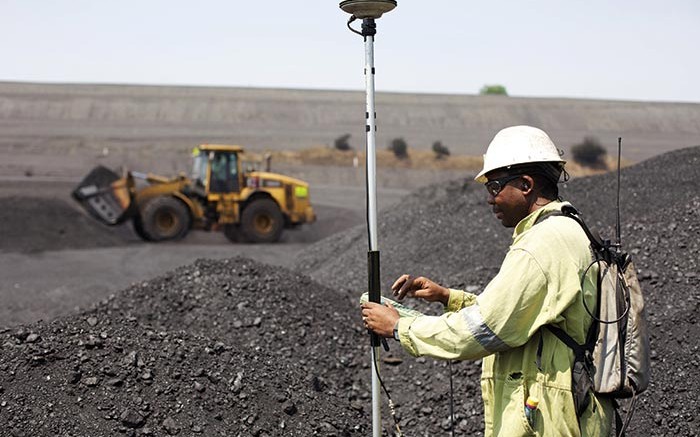Thermal coal prices recently touched a five-and-a-half-year low of US$62.25 per tonne, and the market has seen several mining companies announce plans to sell coal assets or take on partners to weather the downturn.
At an investor briefing in London on Dec. 11, Anglo American (NASDAQ: AAUKY; LSE: AAL) said it will pare its coal portfolio leaving only high-margin assets. It reiterated that its Callide and Dartbrook coal properties in Australia are available for sale.
Anglo said it will review its assets in the first half of 2015, and expects sales in the second half of next year.
A few days earlier, Vale (NYSE: VALE) unveiled a deal with Mitsui & Co. in which the Japanese commodities trading company will invest US$450 million for a 15% stake in the Brazilian’s Moatize coal mine in Mozambique and spend another US$188 million to help pay for its expansion. The Moatize mine in northwestern Mozambique has been producing coal since July 2011.
Mitsui also agreed to invest US$313 million for a 50% stake in a Vale subsidiary that is developing the Nacala Logistic Corridor (NLC), which consists of the Nacala rail and port project. The Nacala Corridor project will connect the mine to the port of Nacala, with a transport capacity of 18 million tonnes of coal a year. The 912 km line includes a 237 km stretch that passes through Malawi.
Explaining its rationale in a press release, Vale said the transaction is “essential for the continuity of our investment in Mozambique and Malawi as it funds the completion of the Moatize project and of the NLC … improves Vale’s balance sheet, and eliminates future funding needs, whilst reducing Vale’s exposure to the project risk.”
After the transaction closes next year, Vale will own 81% of the Moatize mine and 35% of the NLC.
Vale’s decision follows comments at an investor day in early December when management told analysts and shareholders that it is considering the initial public offering of a minority stake in its base metal division.
Rio Tinto (NYSE: RIO; LSE: RIO), meanwhile, decided in July to sell its coal assets in Mozambique (the Benga cola mine and other projects) to privately held International Coal Ventures for US$50 million. Rio acquired the assets as part of its 2011 acquisition of Riversdale Mining. And in October 2013, Rio Tinto agreed to sell a 50% stake in the Clermont mine in Queensland to Glencore (LSE: GLEN) for US$1 billion. “In all we do not think that coal is an exposure that the current management team is positively inclined towards,” Paul Gait, a senior analyst at Sanford C. Bernstein in London commented in a research note. “We believe that they are probably disinclined to commit much more time or capital investment to this business unit.”
Other companies are finding innovative ways of working together to achieve cost savings. Glencore and Peabody Energy (NYSE: BTU) have teamed up in a joint-venture that they hope will improve productivity, lower costs and extend mine life. In late November the companies agreed to form a fifty-fifty partnership to combine Peabody’s Wambo open-pit mine with the reserves at Glencore’s United mine in the Hunter Valley of New South Wales.
Under the arrangement, Glencore will manage the combined operations using existing infrastructure at Wambo, while Peabody will operate coal washing and loading facilities. Once permitting is in place, the operation is expected to start in 2017, and both companies expect significant synergies.
“Signs of mergers and acquisitions in the coal sector are picking up,” analysts at Investec Securities say in a research note. “Weak coal prices are forcing operators to trim output and focus on more core assets as marginal ones struggle and may be a better fit for a smaller, leaner operator.”
Salman Partners forecasts that contract prices for thermal coal will average US$78.20 per tonne in calendar 2015, and US$124 per tonne for hard coking coal.


Be the first to comment on "Miners struggle to adapt to lower coal prices"